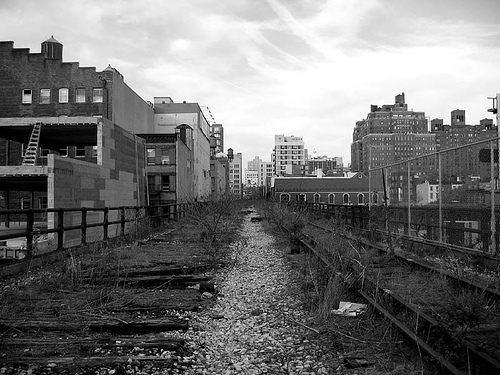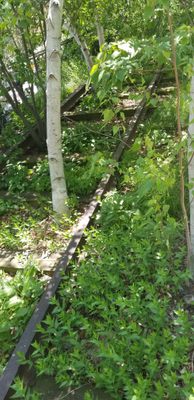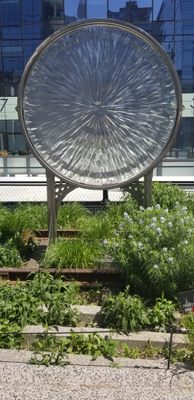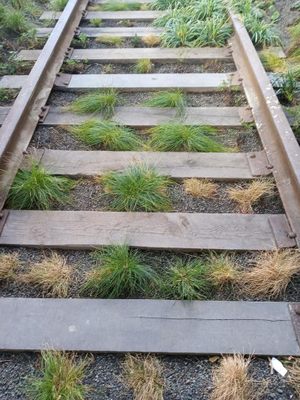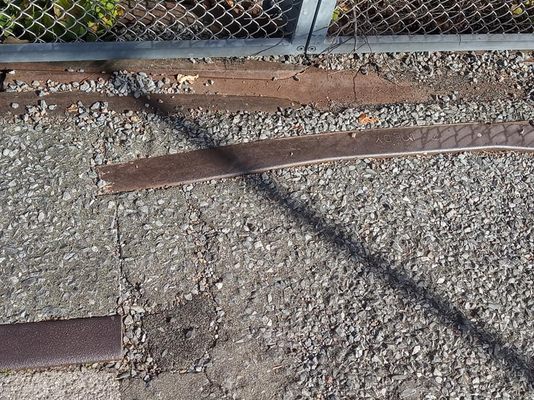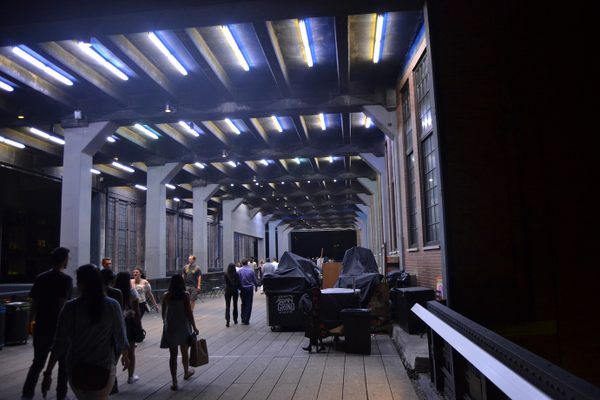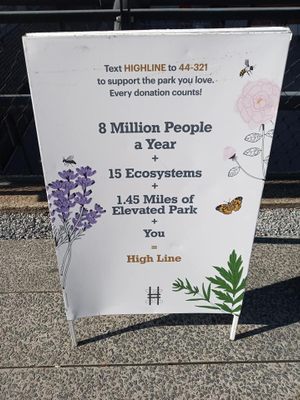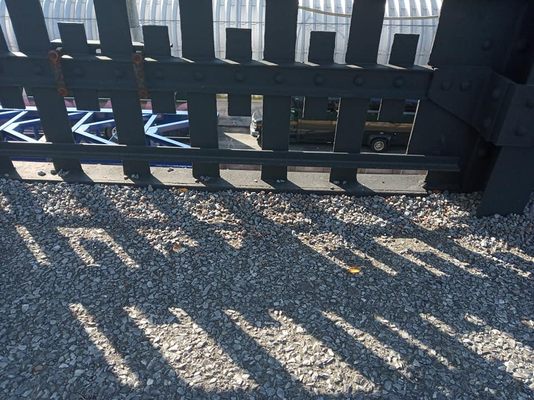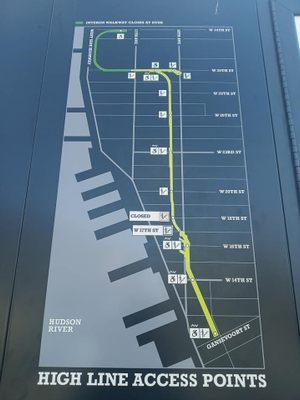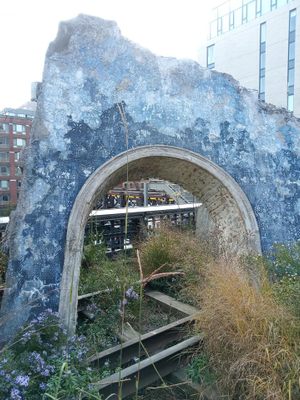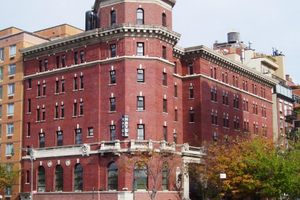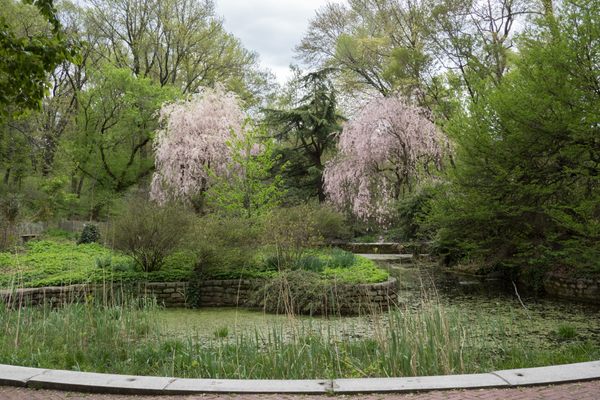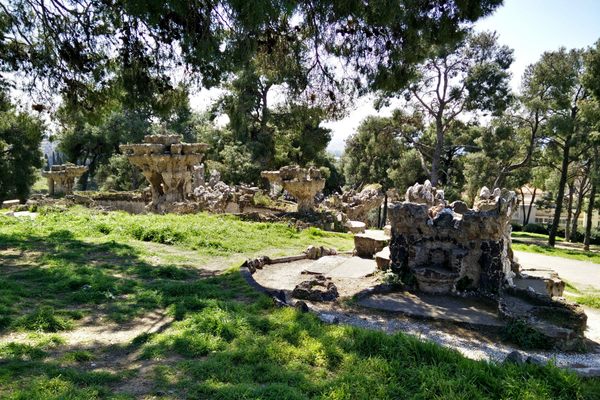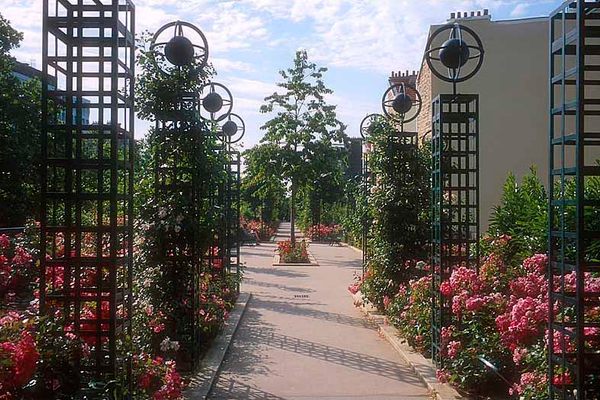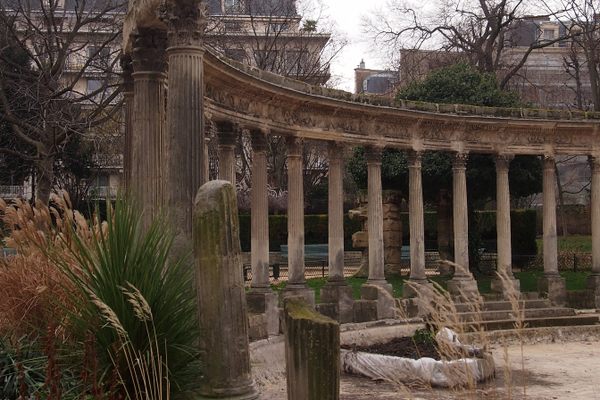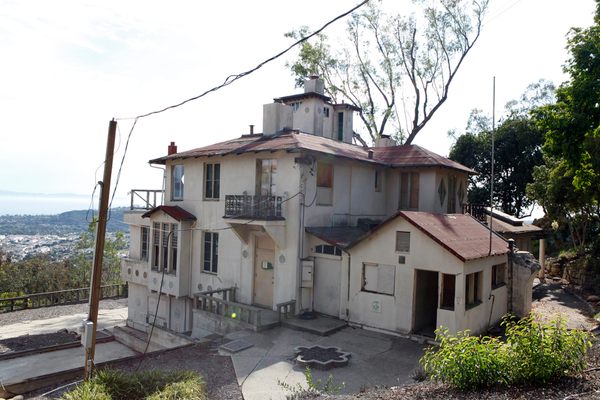About
For the latter years of the 20th century, abandoned, decrepit and overgrown, this elevated railway on Manhattan's West Side was the domain of pigeons, squirrels, and curious urban explorers.
But when the High Line was threatened with destruction in 1999, the preservation and renovation of this urban relic became a cause célèbre in New York, inspiring a community group, millions of dollars in donations, and finally, its transformation into a public park, completed in 2009.
In the 19th century, when Manhattan's West Side was still a center for industry, freight trains ran on the city streets, all the way from what is now TriBeCa up to what is now Midtown. The practice was so dangerous that even with the addition of "West Side Cowboys," men on horseback who rode in front of the trains to clear the tracks, 10th Avenue became known as "Death Avenue." In 1929, the city decided to build the High Line as part of the larger West Side Improvement Project.
The elevated railway ran from Spring Street to 34th Street, snaking through buildings and across avenues. It cost over two billion in today's dollars to build. Trains began to run in 1934, when the project was completed.
With the construction of the Interstate Highway System and the exile of manufacturing from New York, and, more generally, the United States, the High Line fell into obsolescence. The last train ran on the High Line in 1980, carrying a freight of frozen turkeys.
The renovations of the High Line, begun in 2006, have turned the old railway into a magnificent public park. Benches, bushes, and the occasional section of track line the walkway, which still weaves its way through buildings in Manhattan's Meatpacking District. The park offers tremendous sunset views and now holds the impressive distinction of being New York City's most expensive park per acre.
The massive success of the High Line has developers and city officials looking for other possible candidates. Among the two most talked about are the Low Line, a trolley terminal under the Essex Street station, abandoned since 1948, and converting the Queens Railway, an abandoned railway in central Queens, currently unused and overgrown.
Related Tags
Community Contributors
Added By
Published
July 4, 2009


